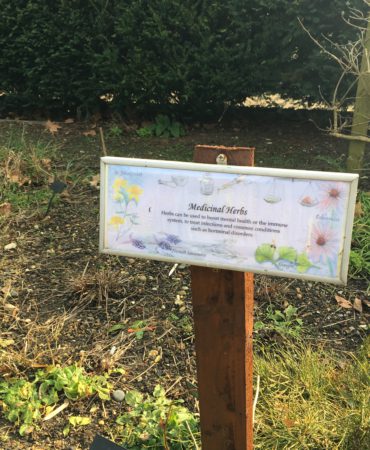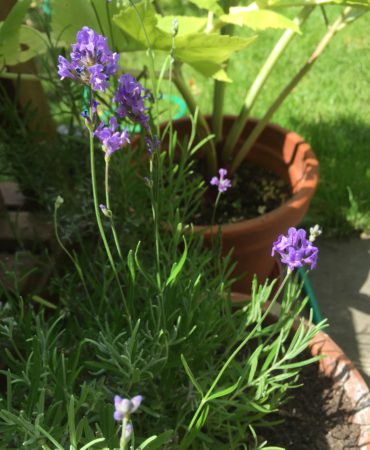Currently Empty: £0.00
Bees and insects in the garden by Ruth Ridley
Encouraging insects in the garden
Did you know it was National Insect Week last week? It is well known how important insects are in the pollination of food crops, and recently honey bee colony collapse disorder has brought new fears of a decline in this vital insect. There is much information available online about encouraging insects and the National Insect Week website has hints and tips for a more insect friendly garden year-round.
Photographing insects in my garden
Being a keen amateur photographer, I have spent many hours in my garden photographing the flowers and insects with mixed results.

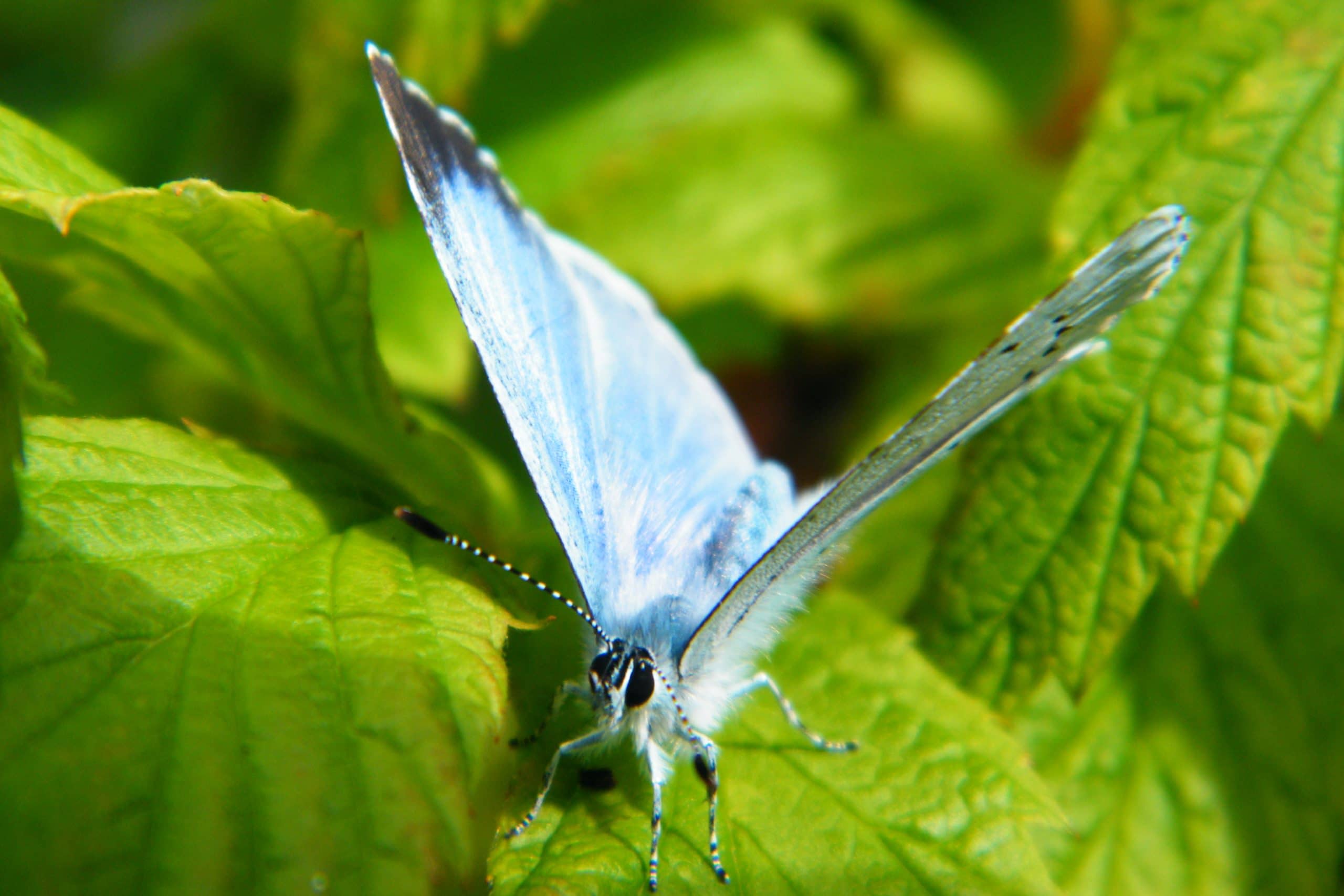
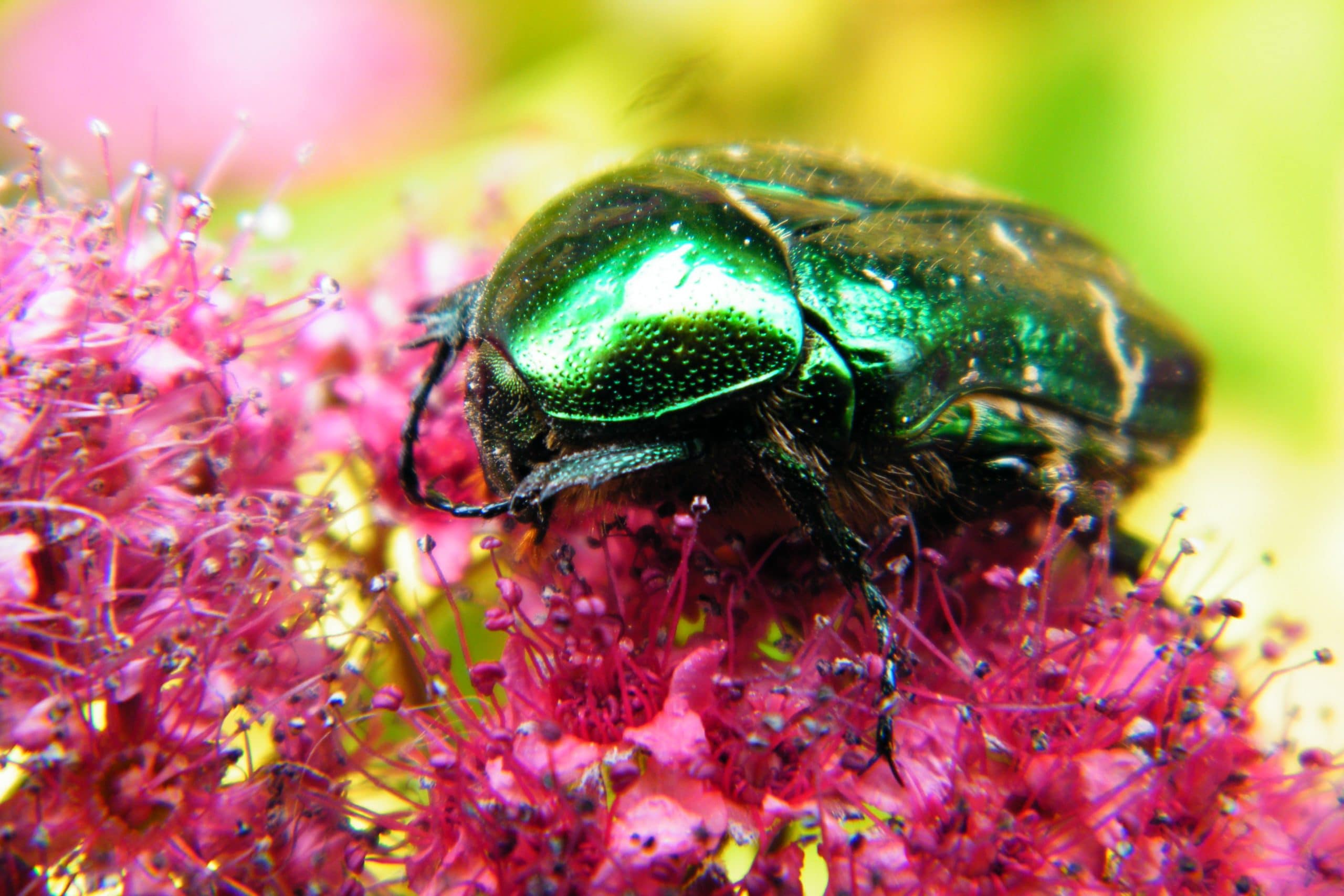
Of course local weather has a large effect on the populations of insects. The early ladybirds I saw in March could have been severely affected by late snow, although this year we were lucky here in the South East.
Rose chafer beetles love it in my garden. I have a large clump of Rosa Mundi they often visit, and I find their large c-shaped larvae in my compost heap (these are often well over an inch across, not to be confused with vine weevil larvae which are a similar shape but much smaller at nearer 1/4″). But last year was a very cold Spring: they emerged too early and missed my roses by about a month. Luckily they resorted to our spirea bush, but this year there have not been so many of this handsome creature.
Bees in the herb garden
I’ve been using the Wildlife Trust bee identification pages to spot bees in my garden as I’m no expert. But even I can tell there are quite a few different ones about! If any of these are incorrectly identified, please let me know and I’ll correct it.
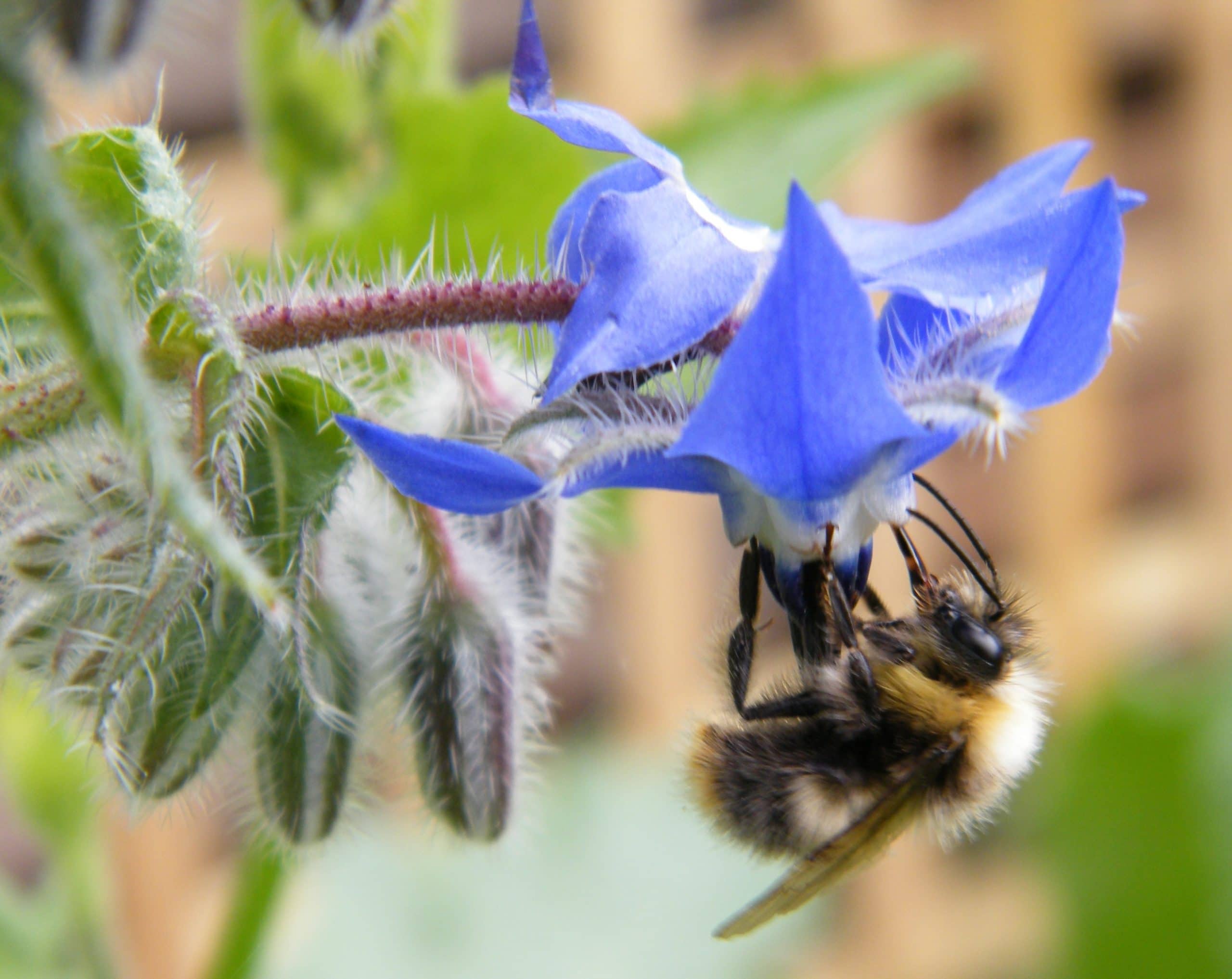
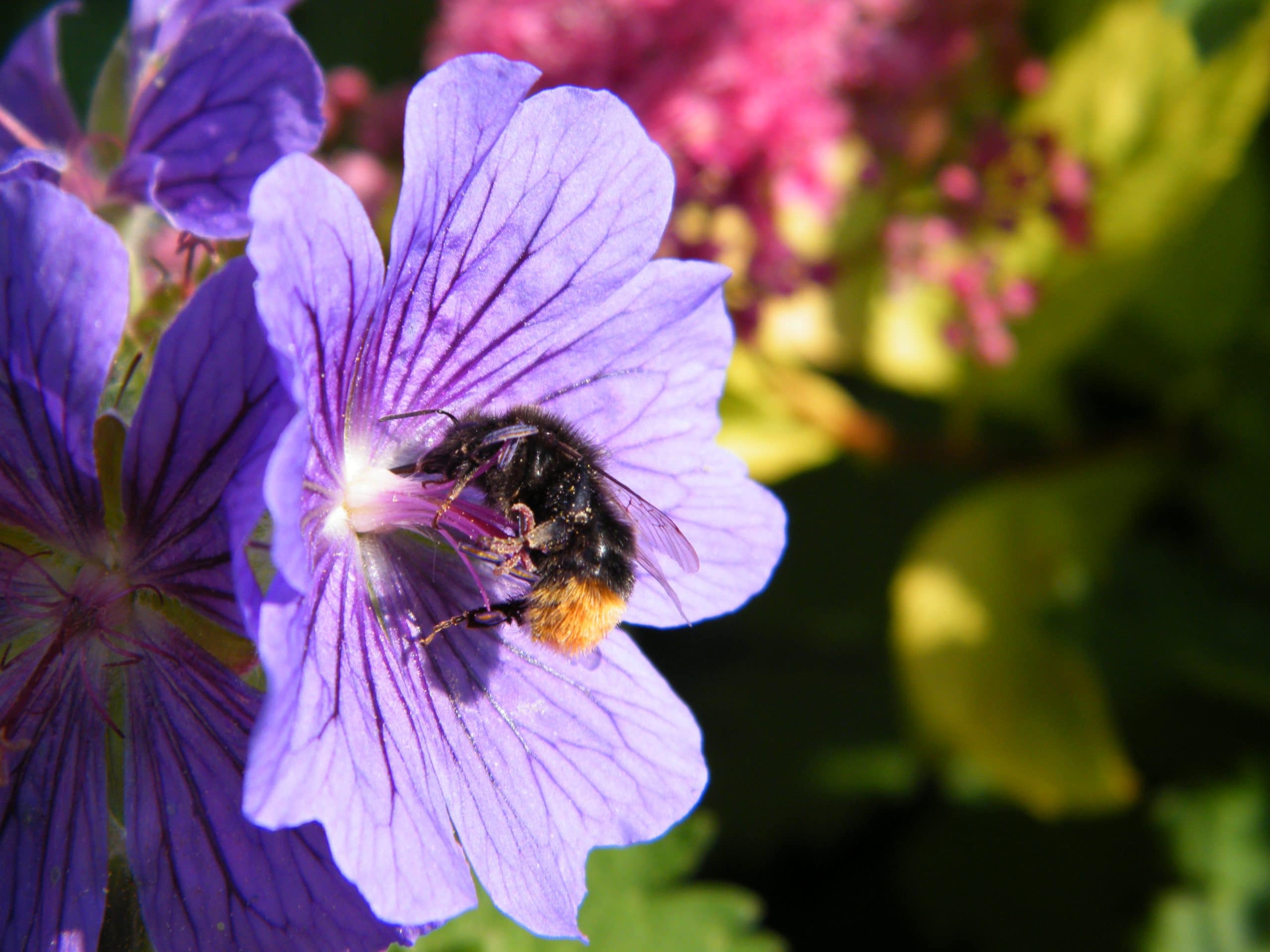

Industrious bees have bitten a hole in the comfrey Hidcote Blue flowers in the image above, to reach the nectar more easily. I spotted the holes but it took a while to get a picture of one actually doing it!
Other bees I have seen in my garden this year include buff-tailed bumblebees and honeybees, in fact I have a neighbour a few doors away who keeps hives. I think the only reason I haven’t photographed them is that they are so fast moving!
Bees and the Herb Society
The Herb Society has taken a great interest over the years in the importance of bees in the environment, and our website has a wealth of information on the subject: Herb Society bee aware. A herb garden is a perfect place for bees. Many of the plants are nectar-rich and native (or developed from native species), meaning that the local bees and plants have evolved together. Herbs that are grown for their medicinal or culinary uses are less likely to have modified flowers (such as doubles), which are of less use to the insects.
Written by Ruth Ridley

